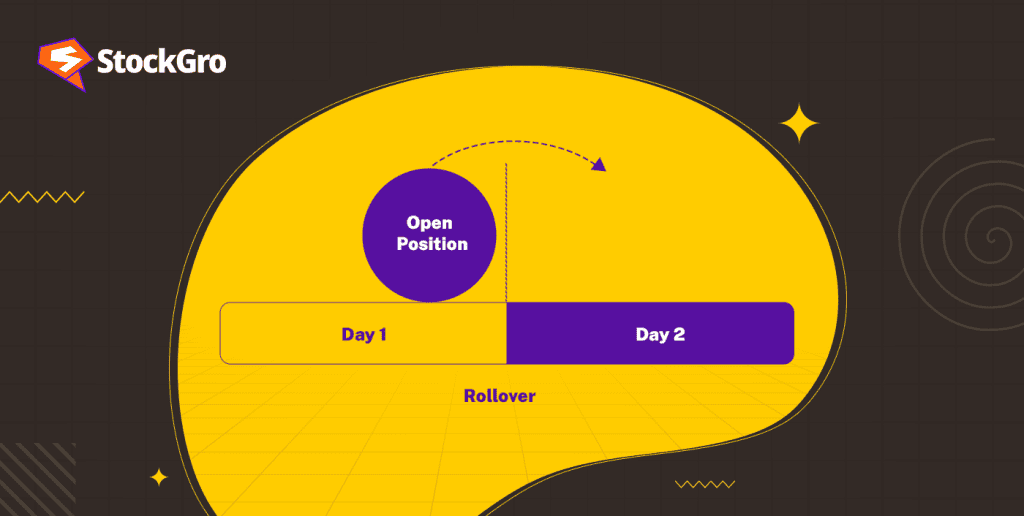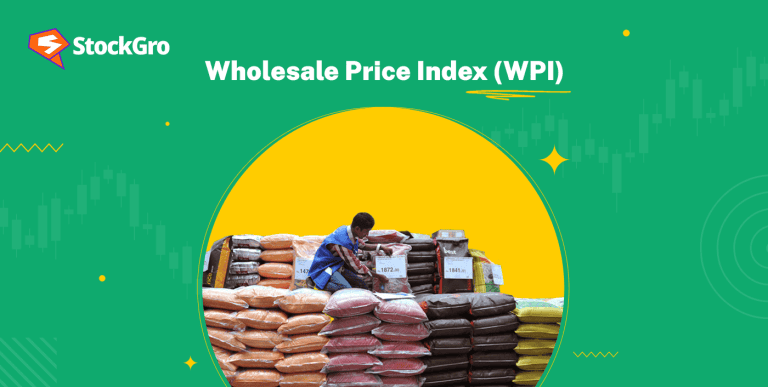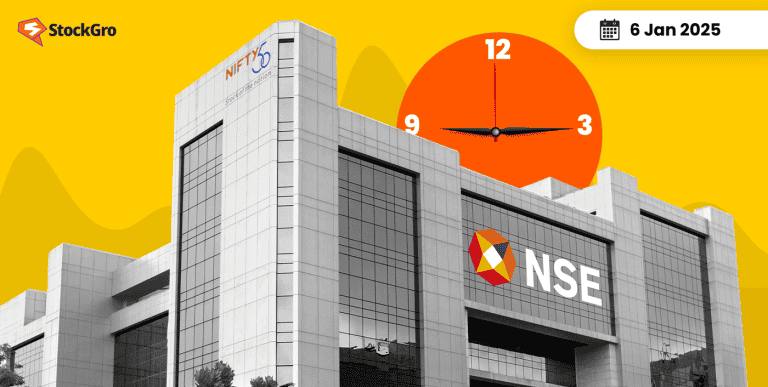
Stock market trading is a separate league with unique tools, techniques and mechanisms. Apart from regular equity shares, derivatives are one of the most preferred trading instruments. There are different types of derivatives, but futures and options (F&O) are the segment most attractive due to their potential profit levels.
Traders with market knowledge and discipline earn ample in F&O trading, but those with vague greed and fear majority incur losses. A study by the Securities Exchange Board of India (SEBI) shows that nearly 90% of individual equity F&O traders incur losses. Therefore, understanding various strategies, their implication, tools, etc., is very crucial.
One such famous futures strategy is trading rollover. It is a unique strategy that can help investors not miss the market rally and make the most out of it. However, understanding its dynamics is necessary for its application. Let’s discuss this unique rollover strategy, its interpretation and its mechanism.
Also, explore Margin Trading
What are futures?
Futures are simple contracts to decide the price of an underlying security for future transactions in advance. The contract expires at the end of its tenure and is executed at the decided prices. Now, this pre-decided price is known as the strike price. In derivatives terminology, the current market price is the spot price. Parties can either execute the contract at the expiry or cancel the contract before the expiry. At the end of the tenure, there can be three situations:
| Situation | Description |
| Spot price > Strike price | Sellers incur a loss as the market could have paid better returns. |
| Spot price < Strike price | Buyer incurs a loss as the market had lower priced alternatives. |
| Spot Price = Strike Price | No loss or gain. |
Rollover strategy in futures
It is a peculiar strategy which can help investors bank the potential market gains with futures contracts. The market provides a facility to rollover or execute a contract. In this, a contract about to expire is rolled over to a later expiry date. Usually, when traders anticipate the market to rise and are willing to take a longer position in the market, they can rollover the expiry at a later date.
For example, if a futures contract is about to expire in October, a trader can either execute the contract position as it is or roll it over to November. However, rollover can only be done by following a specific process.
Also read: Difference Between F&O and Equity Markets
How does the rollover strategy work?
If a trader is willing to use a rollover strategy, they first need to close the existing position. A trader should check the expiry date, other open future contracts, their strike prices, etc., before making the shift. After closing the older contract, traders do not need to execute at expiry.
Further, traders can open a new position with a later expiry date. One should check this expiry and select the new contract based on the growth anticipations. The expiry can be in 1 month, 2 months or 3 months. Therefore, a trader should select the contract based on their growth expectations for a particular underlying asset.
In case of a ban on a particular underlying asset, traders will not be able to open new positions or even use the rollover strategy. However, one can exit the position.
Interpretation of trading rollover
The % rollover contracts in the market compared to total positions in the market indicate the trader’s confidence in the market. The higher this percentage indicates more confidence in a particular asset. Moreover, this interpretation becomes crucial in the case of index futures such as Nifty 50.
For example, if there is a high % rollover for 2-month futures at a particular strike price. It can be interpreted that traders are confident that the market can potentially reach that strike price in 2 months.
However, the data regarding rollovers is not easily available. It is usually obtained by the brokerage houses or analysts. Therefore, investors can interpret the market confidence through the rollover data of different such sources.
Explore more! Futures and Options Income Tax: Overview and Tax Regime Explained
Rollover costs
Using the strategy of rollover in trading may potentially incur some costs as follows:
- Price difference: The difference between the strike price of old and new contract is known as spread. If the new contract costs more than the old one, the difference has to be paid by the trader.
- Brokerage fees: The transaction of closing and opening new futures contracts will demand regular fees and charges as per the brokerage firm.
Advantages and disadvantages of trading rollover futures
| Advantages | Disadvantages |
| It helps tap the market growth with the futures. | For more returns, traders may have to pay higher spread costs. |
| It can be used for risk management, where potential loss can be limited with a rollover strategy. | In conditions opposite to the growth anticipations, the loss may be high. |
Bottomline
Futures contract rollover in trading is a unique strategy to make the most of market rallies. In this, traders can close the old futures contracts before maturity and open new ones for later expiry. The higher the % of rollovers in the market, the more confidence in the underlying asset.
An interesting read: Quadruple Witching and Its Market Impact
FAQs
- What charges are paid in the rollover strategy?
The rollover transaction is similar to regular future contracts. It charges brokerage fees and tax as per the transaction. The price difference while starting new contracts can also be considered as a charge. Apart from this, in the case of the forex market, the rollover futures may also charge some interest.
- What happens to rollover if the position is taken in a ban period?
The ban period is when a large set of traders take speculative positions. In case of a future position taken in a ban period, the rollover is not allowed. However, traders can exit this position. This is because trading activity is banned during this period.
- How is trading rollover risky?
Derivatives are inherently risky in nature. Price fluctuation is a regular feature of these transactions. During the rollover process, there is a risk of market fall. Investors can lose a heavy investment along with transaction costs.
- Can I use rollover strategy in options?
No, options are a type of right given to the investors for transacting at a pre-decided price. Moreover, there are elements such as premiums which can complicate the transaction. Therefore, a rollover strategy cannot be used in the option.
- What is the leverage effect?
Leverage is the use of debt, and its effect on the company’s profitability is known as the leverage effect. Similarly, in trading, the effect of leverage margins on the overall trade profitability is the leverage effect. It is a highly risky venture. Therefore, usually, the experienced professionals use it.

